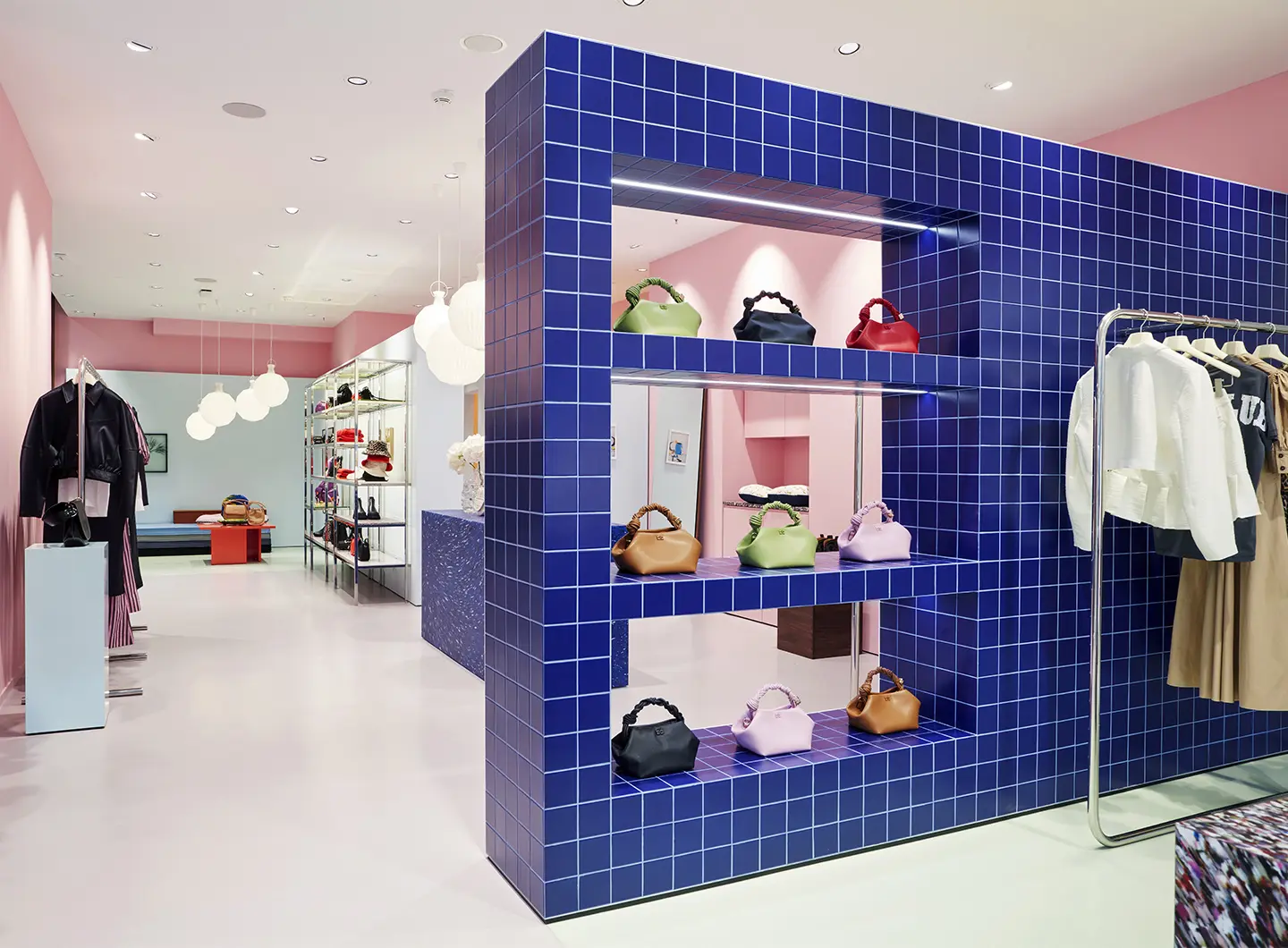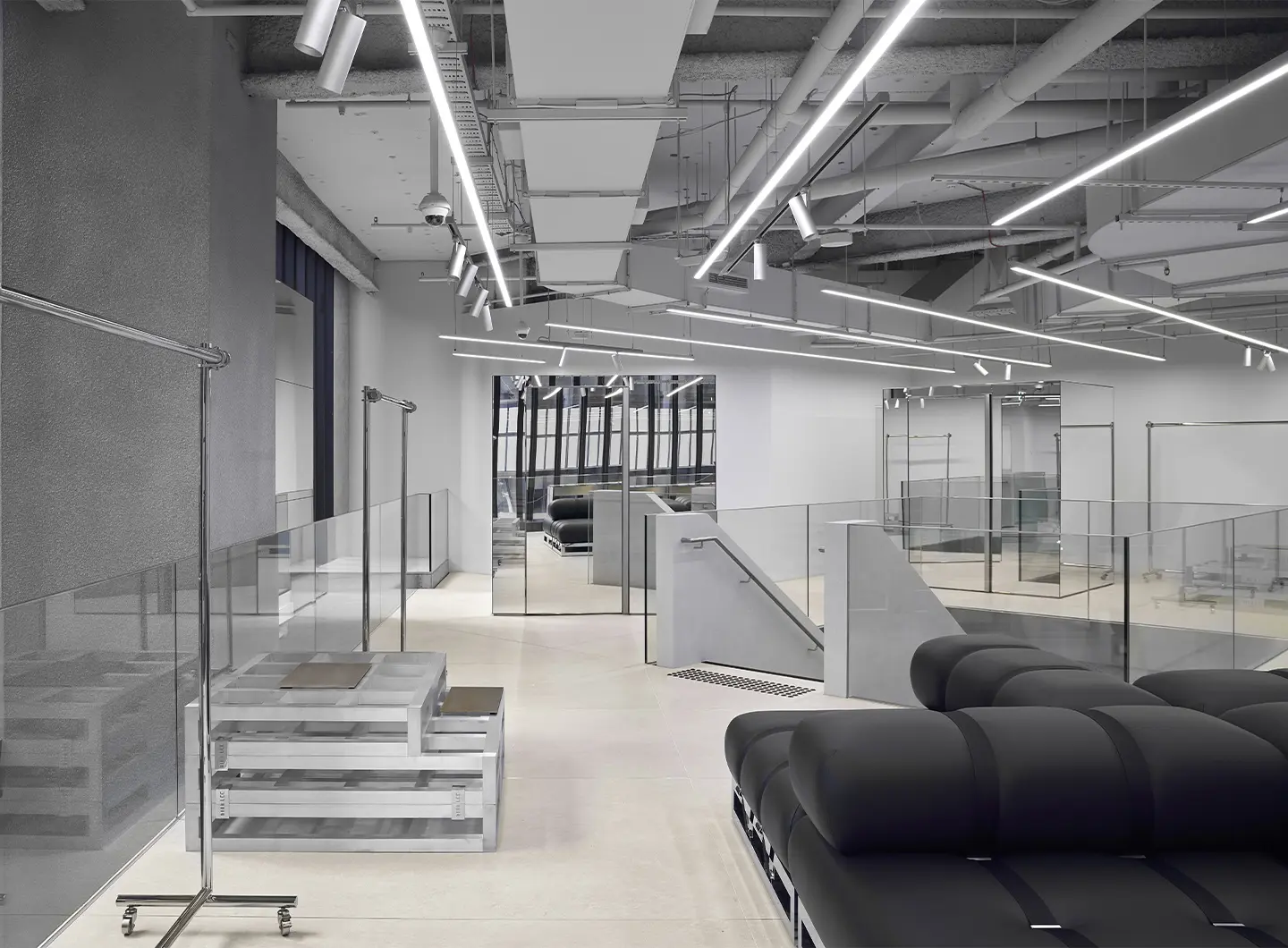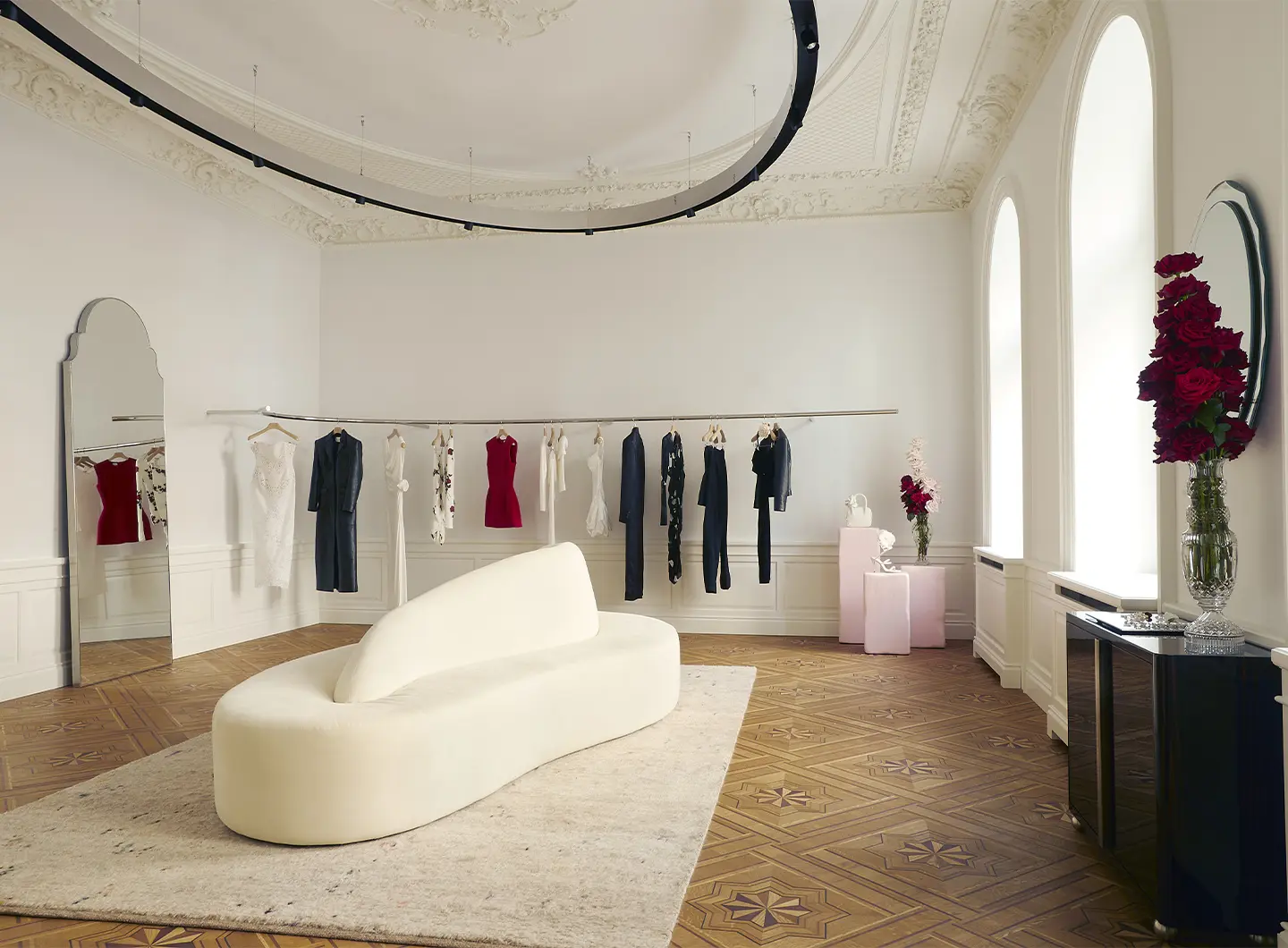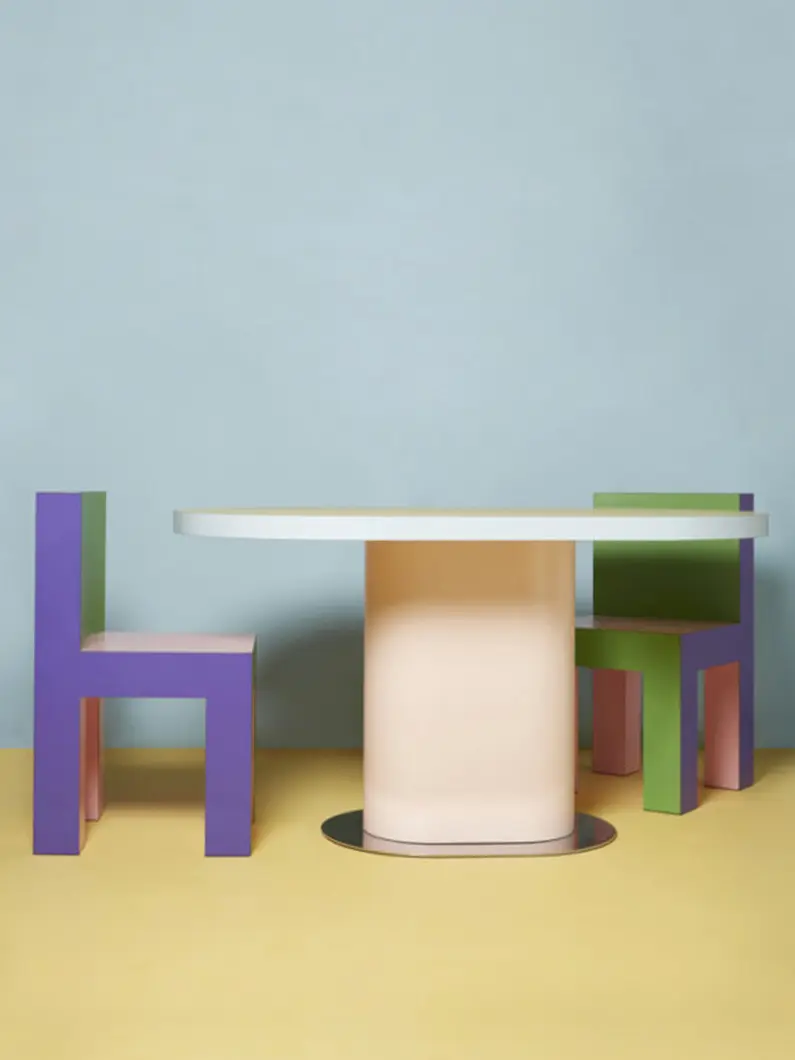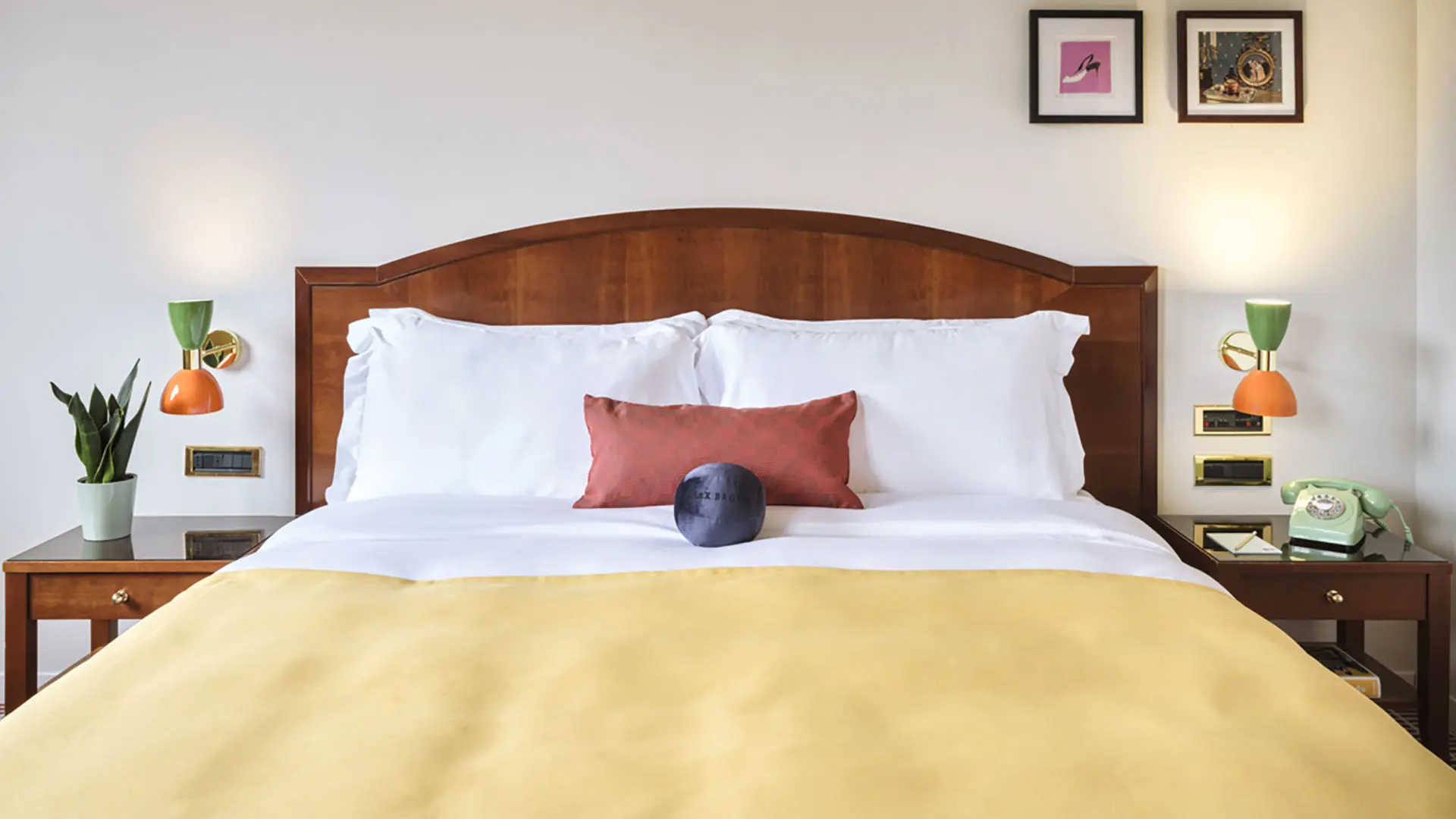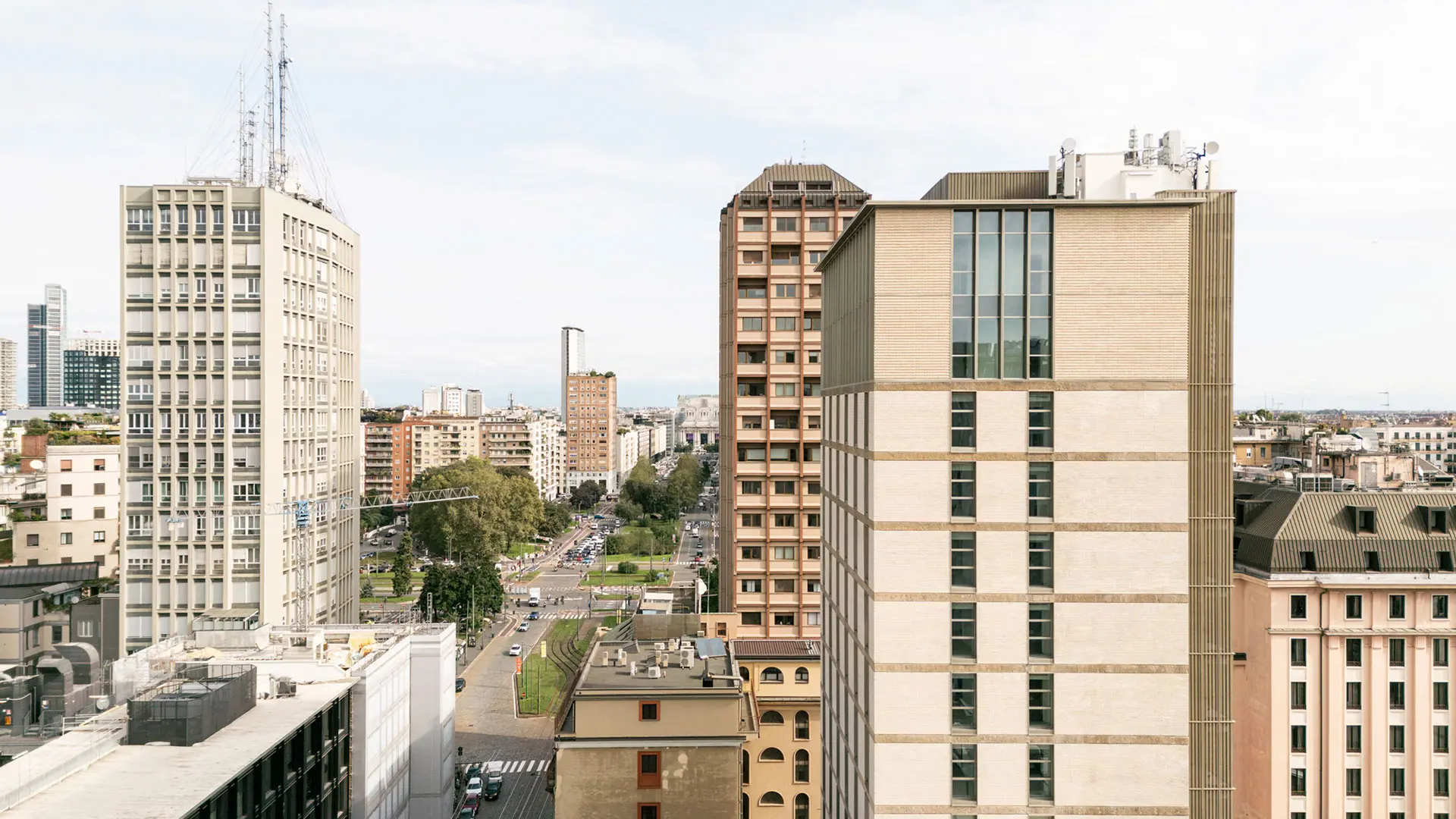In partnership with MiCodmc, a selection of establishments ripe for discovery during the 63rd edition of the Salone del Mobile.Milano, from 8th to 13th April

Magda Butrym, Varsavia
Interior architecture as a field for business experiments. Emanuele Stamuli talks about his experience as a designer attentive to detail and the Feng Shui of space
“The harmony of design thinking is the result of contrast. To make a space work, it is important to stress differences rather than celebrate perfection.” So take care of the unruly detail or the touch of color that kindles the palette. Emanuele Stamuli has very clear ideas about how to work on the scale of interior design. Because it is a field in which he moves easily, approaching, surprising, experimenting with new aesthetic dimensions for living.
Born in 1982, Emanuele lives and works in Stockholm, where he settled after a professional career as eclectic as his origins, rooted between Naples and the Dodecanese. With a degree in naval design in Genoa he began working with Cantieri Benetti, a company operating in the luxury shipbuilding sector, with its (historic) headquarters in Viareggio.
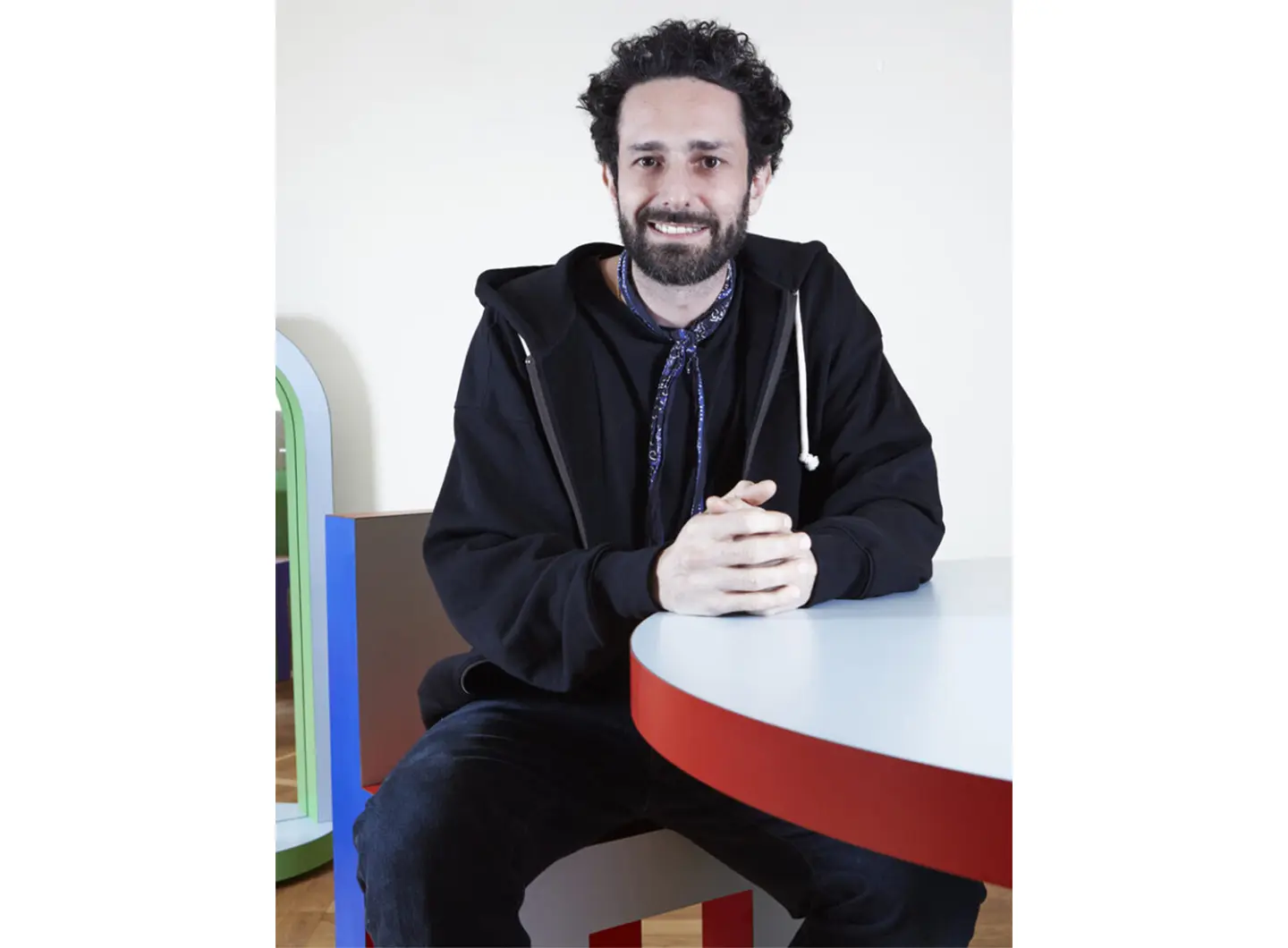
Emanuele Stamuli, architect and designer
“From materials to furnishing elements for boats and yachts: I learned a lot,” especially how to surf from one field to another in search of an idea of liquid domesticity as the embodiment of marine comfort. And from yachting to fashion: a move from Fendi to Rome, from Prada to Arezzo and then on a journey to the Swedish capital to get closer to the Danish brand Acne Studios and organize a long and lasting collaboration.
Twenty collaborators from around the world, a single majority shareholder, his sister, and three million euros in turnover for the studio founded in 2016: “70% comes from fashion retail”, showrooms, boutiques, three-wall corners, pop-ups, with commissions doubled in the last five. Stamuli is an atelier specializing in interior architecture,” he points out. For us, the project is a crossroads of information, creativity, intuition: from the client’s spending power to the volume of the space, the plan sews every little clue into a harmonious whole.” The floor plan is the starting snapshot.
“Perhaps also the funniest moment of the creative process: a challenge to the centimeter where you interpret the client’s expectations. What makes a person feel at home in a public or private setting? The possibility of entering into a relationship with the place and living an experience. The clients’ desires are as important as the authorial sign: “The reason why they commission us is that the studio educates the space to a certain idea of rationalism. Which means returning to the authenticity of materials and their expressive form, for instance. That’s why we try to build authentic spaces, capable of aging with dignity.” And authenticity is expressed through the interplay of contrasts, juxtaposing the warmth of wood with the minimalism of steel, feminine curved lines with the most stringent orthogonal forms. “For us, elegance is the ability to highlight a ‘snag’ in a setting of absolute perfection.”
Ganni in Hamburg, Dion Lee in Melbourne, Magda Butrym in Warsaw are tracer projects in the development of the studio’s identity. “In Poland, for instance, we played on the unexpected: from the choice of furnishings to the artworks arranged in the space, the route through the store is like a treasure hunt,” and renews the fascination of the experience for the customer.
“Sometimes it is an object, sometimes an ecosystem within the architectural space: the surprise effect plays out on different levels. With Ganni we used color.”
And it is perhaps in this space that coherence can be found in the development of the furniture collections presented, for example, at Edit Napoli in 2021 and 2023. Plan, section and axonometry are the design tools that Emanuele uses to define tables, chairs and armchairs. Tagada puts it well: “Very simple, very orthogonal volumetric shapes, further brought out by the use of color. A slight shift in perspective is enough to offer a different perception and therefore experience of the object,” again a question of details.
“I believe it is important to understand the Feng Shui of a space: I limit myself to observing the internal volumes and their relations with the landscape outside. The fields, the sea, the mimosa tree, the wind that blows, the shadow that arrives... then, all of a sudden, the idea takes shape,” spontaneously. “But it is important to have the courage to break the mold, to go beyond the cages of mainstream style, or ‘radical chic’,” the revolution in interior architecture passes through the recovery of a new eclecticism. “To rediscover the strength of a punk vocabulary,” concludes Emanuele Stamuli. “The real detail that I like to winkle out.” To return to the origins and reveal themselves for what they still are: rebels.


 Stories
Stories
